I know it's a little early to be dreaming of my garden for next year, but as this season winds down, I've already got plans in the works. This year was my first year with a legitimate garden. Last year, I had a sad tomato plant in a pot, and a couple pitiful pepper plants to match. My rose bush and strawberry bush plants survived, but that was it. Hardly anything produced, and everything got scorched. This year, everything thrived. I have eight times the amount of plants, and have been filling my freezer and meals with the abundant fruits of my labor.
I've learned a lot this year, through research, trial, error, and lots of hard work. In no order of importance, here are my top five gardening tips for container gardening. Keep in mind, these are also based on the fact that I grow everything in pots atop a sweltering concrete slab in Zone 6b, but hopefully I can make them universal enough for all of you.
1. Stick to plants for your zone, native plants are even better.
That beautiful Mandevilla vine with the red trumpets and big leaves, that is slated for zone 7 and up? It looks great in the greenhouse, and maybe it would survive on a shaded patio, but that scorchingly hot, dry, full-sun, patio? No amount of shade can keep that thing alive when the heat radiating off the patio is 110+ Fahrenheit and the air is below 20% humidity. Plants rated for your zone will be easy to care for, and handle your garden conditions much more easily. It provides for a more enjoyable gardening experience when you're not constantly having to nurture a plant that doesn't tolerate your weather conditions. It's even better if you can find plants that are native to the area, not only will they thrive, but they won't spread and be invasive to the area negatively affecting other plants. Plus, it allows for you to more easily see your green thumb. A lot of us feel like we have black thumbs, but it's just because we're fighting nature and growing things that aren't tolerant to the area.
2. Pay attention to the sun labels on the plants when you buy the seed packets or plants from the nursery.
I bought some Ostrich Ferns this year. It said they love shade but can sometimes tolerate some sun. I originally put them in a spot where they got half a day of sun. The beautiful fern fronds started to get crunchy and brown. They were getting scorched. I moved them to a place where they get dappled light through the afternoon, and about thirty minutes of direct sun at sunset. The burned holes began to fill in with new leafy fronds. The plant was happy! Those labels aren't a suggestion, they are a general rule. You will have much healthier plants if you follow them!
3. The right amount of water is vital.
The right amount of water is key to healthy plants. Too little water will kill your plant, obviously. It will become wilted, and then the leaves will turn crunchy and brown. Too much will kill it, too, though. The leaves will wilt and turn a yellow color and seem... for lack of a better term, soggy. So, how do you know what the right amount is? This is a little bit difficult. With pots, I've come up with this good rule of thumb. Water the plant pot until the water is running out the bottom drainage holes. For optimum water retention, water thoroughly in the evenings. This will allow your plants to get a good drink and the water to stay in the soil long enough before the heat of the day comes and evaporates it out. When I watered in the mornings, it would dry out by the time I got home from work on the hottest days of the year. When I switched to evening watering, the pots stayed more evenly hydrated until I was ready to water again, sometimes even lasting a day or two longer!
Pay attention as well to how dry the dirt gets after 24 hours. If it's too hot and dry, you may need to water in the mornings and evenings. If the dirt isn't drying out, then you don't need to water everyday. The thing about this is, it's all trial and error, and if you pay attention to it for about a week, you'll get the idea of what your garden needs. For me, my plants drink the most when the days are long and hot. As the days shorten and stay cooler, I don't need to water as much.
4. Fertilizer is a must.
Pots prevent lots of things like excessive bugs, and weeds, but they also prevent the ability to keep a lot of nutrients in the soil. Because it's a small amount of dirt, and it's the only place for the plant to get it's nutrients from, you need to give back to it regularly. Get yourself a good fertilizer that has the food your plant wants. I chose a good non-toxic, liquid fertilizer that can be mixed in water, and poured into the pots. You can even pour mine on the fruits and leaves, and the food remains healthy and edible. Your local greenhouse can help you choose one that's right for you. Apply it every few weeks while the plants are growing and producing and it will help promote healthy plants.
5. You can grow a plant in anything container-like.
Nurseries and garden centers have a variety of pots you can choose from. Depending on what you get, these can add up quickly and blow your budget. Check out Pinterest for planter ideas. There are a lot of things you can use for pots that can save money. Check out thrift shops for buckets, baskets, barrels, large boots, suitcases, etc. Creativity is all you need.
If you're looking for ways to save money on traditional pots, you can ask family and friends for discarded pots, check out the local classifieds, and thrift stores. I have collected half of my pots by simply asking people if they had any they weren't wanting anymore. The others I have purchased.
There is a wide variety of pots for sale out there, they come in all materials, shapes, and sizes. I usually choose plastic because it's cheaper, lightweight, and handles the hard freezes here very well. To see the various kinds you can get, and what they have to offer, check out this article.
There you have it, my top five container gardening lessons from this year. I did forget to share one honorable mention, and it's actually one of the most important. So, keep reading, we're almost done!
6. Enjoy yourself and enjoy the process.
Gardening is all trial and error, and it's so exciting to see what you can do with a little dirt, and some seeds. Have fun, and enjoy the beautiful gift of nature, gardening, and plants. It is truly a reward.
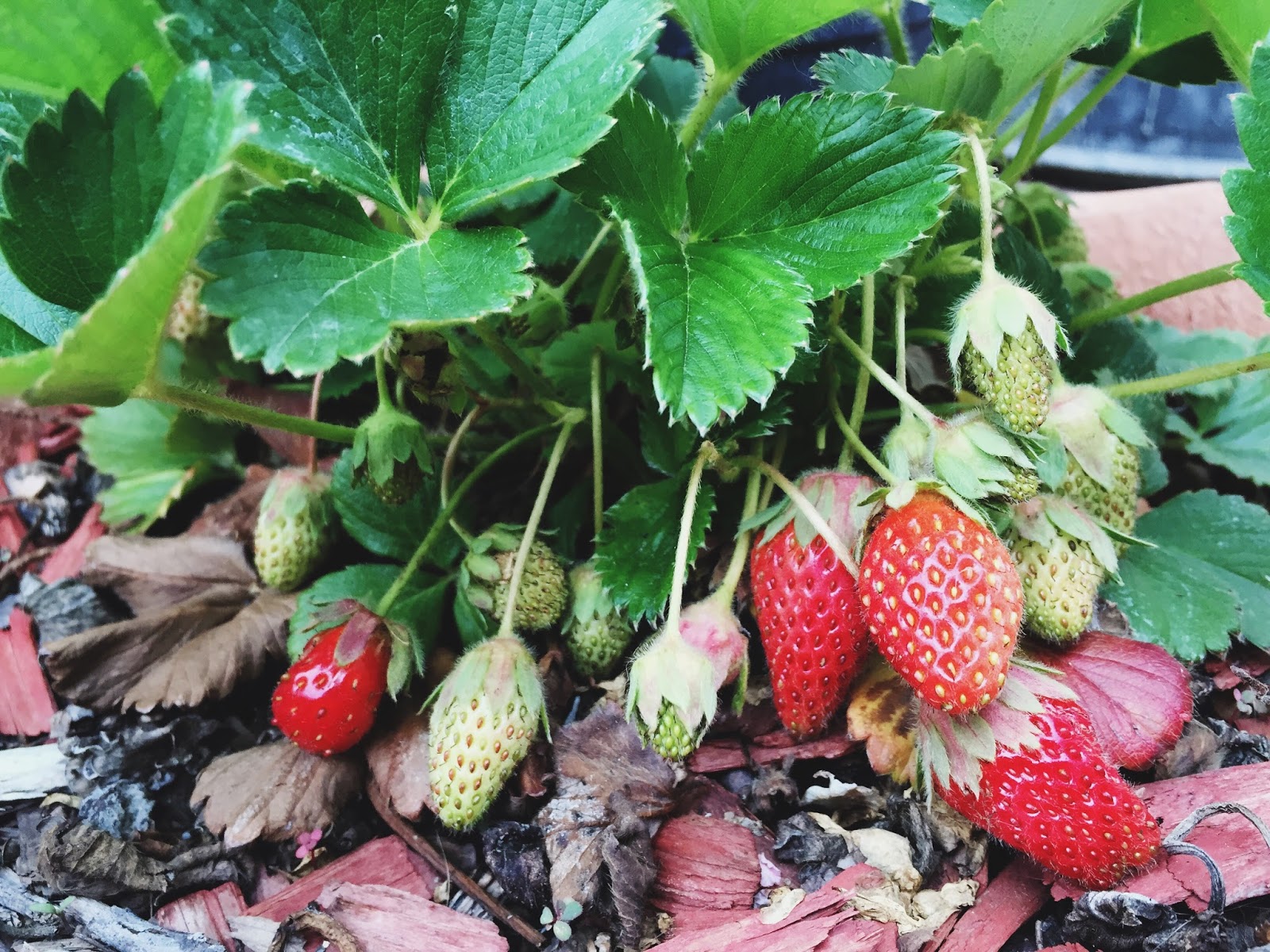
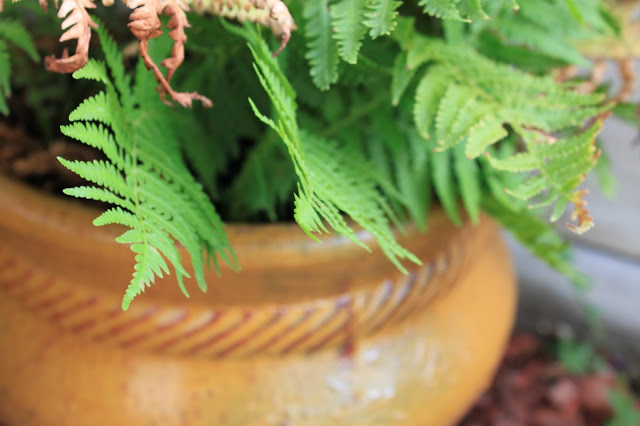

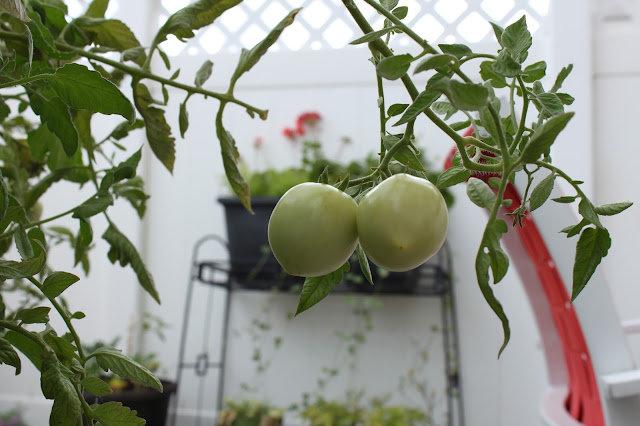
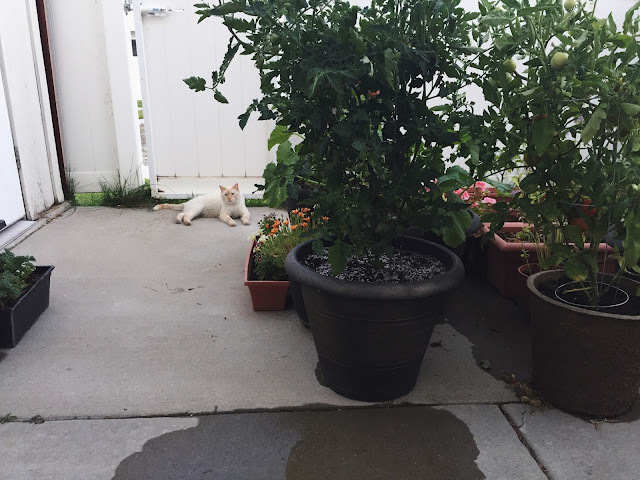
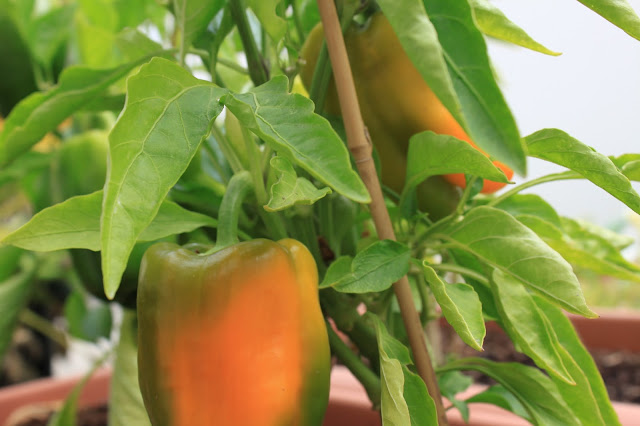
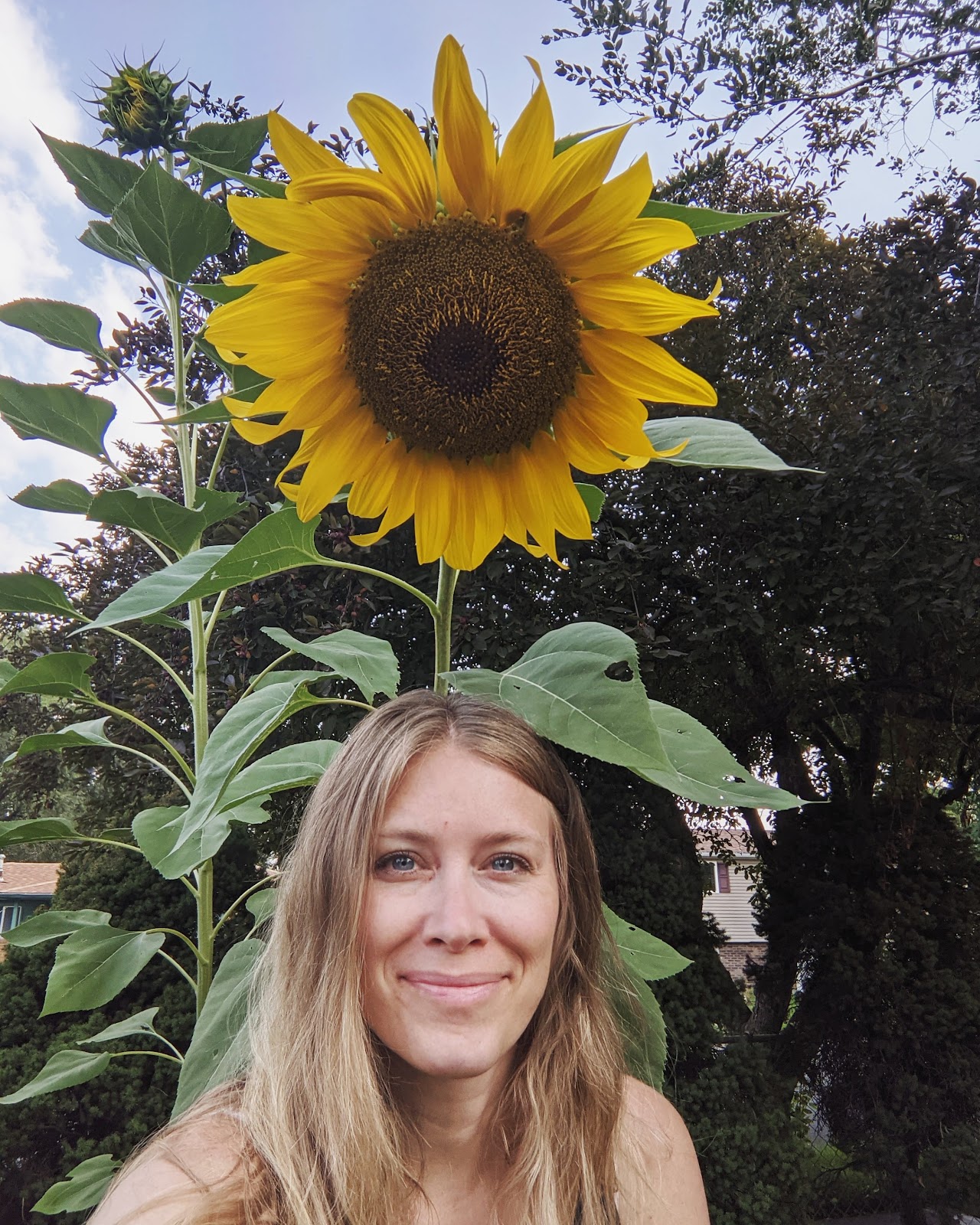




Join the conversation!
Thanks for stopping by The Joy Blog! I hope you like what you have seen so far. Feel free to share your thoughts or questions in the comments. I try to respond to almost every single comment.